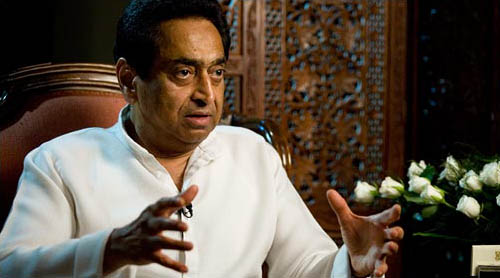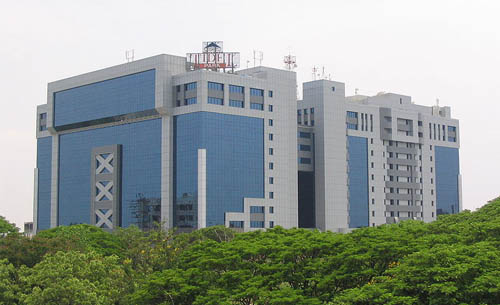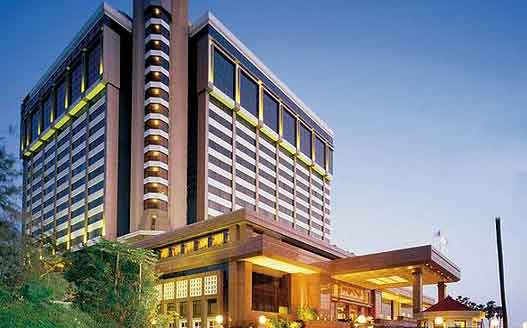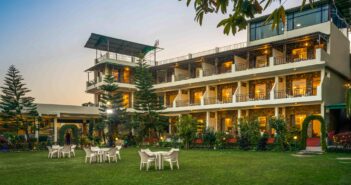
Real estate developers fulfilling government role against odds
Isn’t it ironical that real estate developers are getting into the role of the government in providing housing & infrastructure and still getting the flak?

Isn’t it ironical that real estate developers are getting into the role of the government in providing housing & infrastructure and still getting the flak?

Urban Development Minister Kamal Nath admitted today that “the government has not responded to the tremendous growth in the real estate sector in the last one decade appropriately”.

The government is keen to clean realty deals and wants to crack down on money laundering. It wants a closer look at the real estate market, widely perceived to be the biggest sink of black money in India.

We are happy with the governments focus on affordable housing. Loan amount that qualifies under priority sector lending. Now, a home loan of Rs. 25 lakh would qualify as priority sector lending.

The Associated Chambers of Commerce and Industry of India (ASSOCHAM) has suggested the government to introduce Real Estate Investment Trust and Real Estate Mutual Fund to enable investors to own a diversified portfolio of professionally managed assets in the real estate sector. In a note submitted to the government, the Chamber said that the Indian Real estate sector currently lacks any monetization vehicle for capital intensive verticals such as commercial offices and retail malls.

Equity capital inflows touched USD 8.9 billion between January and September, registering a 46% Y-o-Y growth. The strong momentum in deal volume continued, with about 200 deals reported during this period, compared to 151 deals in the same period last year. The average deal size also increased to nearly USD 45 million in the first nine months of 2024 from about USD 36 million in 2023. Mid-sized deals, ranging between USD 10-50 million, represented 56% of the total investment inflows during this period.

Uniform Builder Buyer Agreement (BBA) has been the demand of Indian home buyers for long. In the absence of it, while the home buyers were being harassed by the unscrupulous builders, the sector was at the receiving end of poor perception in the collective consciousness. Track2Realty evaluates whether a Model Builder Buyer Agreement will be a reality after the repeated interventions by the Supreme Court of India.

As the education sector evolves, factors such as technology permeation, revamped building designs, and focus on health & safety are likely to define education real estate. Besides, modern educational building design must prioritise flexibility so that spaces can be reconfigured to adapt to various teaching methods and activities, developing a dynamic learning environment. To address this and move away from traditional classroom setups, educational buildings now include collaborative spaces to encourage teamwork and group learning. Moreover, sustainable, and eco-friendly design elements, such as energy-efficient systems and natural lighting, are becoming increasingly common to reduce the environmental impact of educational buildings.

During the first nine months of 2024, large deals (>200,000 sq ft) accounted for about 40% of the overall demand. Although a vast majority of these larger deals came from 3PL players, Engineering and FMCG segments also saw considerable large-sized deals. At the city level, industrial and warehousing space uptake in Delhi NCR was also driven by large sized deals, a marked deviation from 2023, wherein leasing activity was dominated by small sized deals. Almost 50% of the deals in the first nine months of 2024 were large sized in Delhi NCR.

The real estate market of Goa is also expanding not only in terms of buyer interest but also geographically. The once-limited property market is now spreading across new areas, offering a wider variety of options to buyers. Alongside this expansion, there has been a notable rise in property prices. What was once a market catering to properties valued between Rs 5 crore and Rs 15 crore has evolved, with some villas now fetching prices of up to Rs 100 crore. This surge reflects the growing interest from ultra-high-net-worth individuals who are seeking exclusive, luxury homes in the region.
